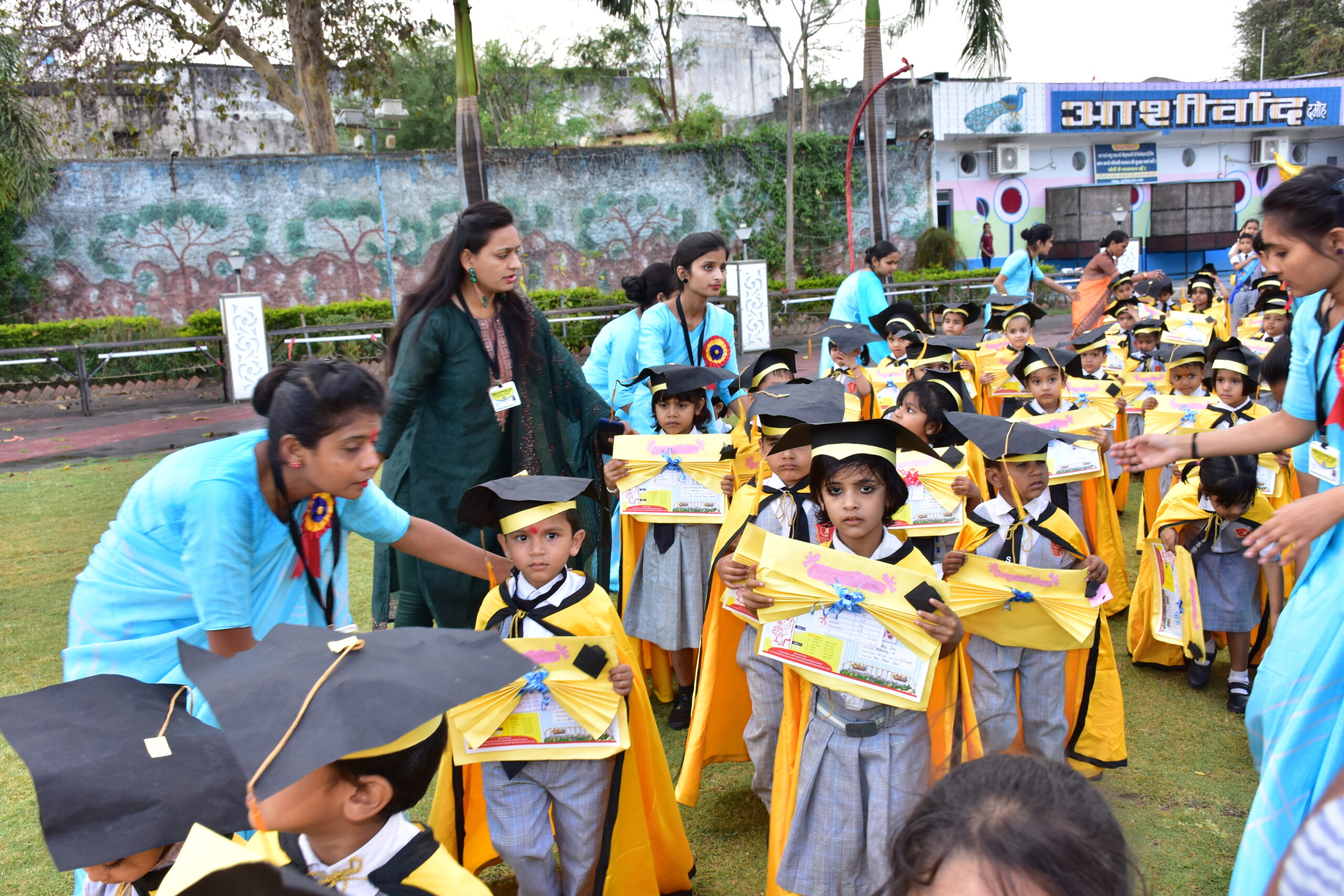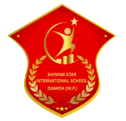
Pre- Primary School
Pre-primary school, also known as early childhood education or preschool, is an educational stage that precedes formal schooling. It is designed for young children, typically ranging from 3 to 6 years old, and serves as a foundation for their later academic and social development. Here are some key aspects of pre-primary education:Pre-primary education focuses on the holistic development of children, including physical, cognitive, emotional, and social aspects. It aims to prepare children for the formal education system by introducing them to basic concepts and skills.
Primary School
Primary school, also known as elementary school in some regions, is an educational institution that provides the initial stage of formal education for children. The structure and terminology may vary across different countries, but primary education generally covers the early years of a child’s academic journey.Primary school typically caters to children between the ages of 5 and 11, although this can vary by country. Primary schools are often divided into grade levels, starting from Grade 1 or Kindergarten and progressing up to Grade 6 or 7. The specific grade names and numbers may differ by educational system.


Middle school
Middle school typically refers to a period of education that bridges the gap between elementary school and high school. The structure and grade levels of middle schools can vary by region and educational system, but in the United States, middle schools typically encompass grades 6 to 8 (ages 11 to 14).Middle school serves as a transitional phase where students move from a more generalized elementary education to a more subject-specific high school curriculum. Students usually have different teachers for different subjects, and they often switch classrooms throughout the day.
Secondary school
Secondary school, also known as high school or junior high school, typically covers the educational period for students in their early teens to late teens, depending on the educational system in a given country.The curriculum in secondary school becomes more specialized than in primary education. Students typically study a range of subjects, including mathematics, sciences, social studies, languages, and arts. They may have the option to choose elective courses based on their interests.


Higher Secondary School
Higher secondary school typically refers to the educational level that follows the completion of secondary or high school education. The structure and nomenclature of education systems can vary across countries, but in many places, higher secondary school is the stage preceding tertiary or higher education.Students in higher secondary school are generally in the age group of 16 to 18, though this can vary.Higher secondary education is often a two-year program, and it may be referred to by different names in different regions, such as senior secondary, pre-university, or college preparatory programs.
